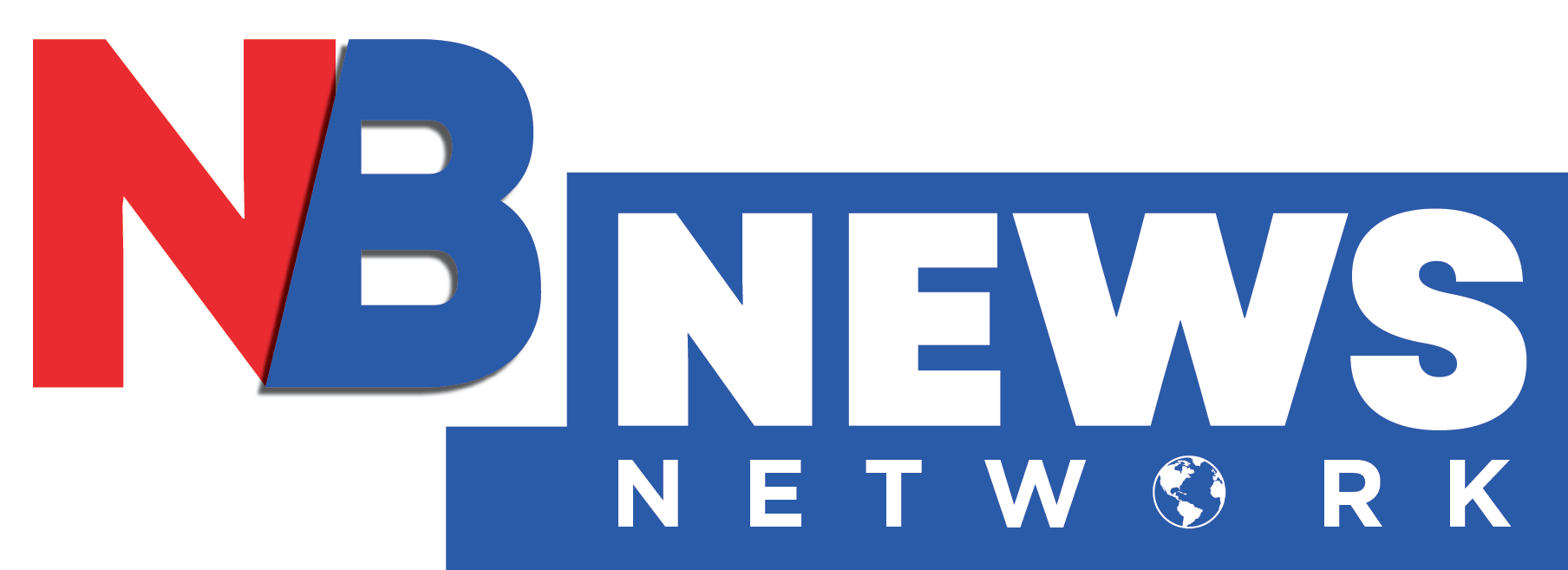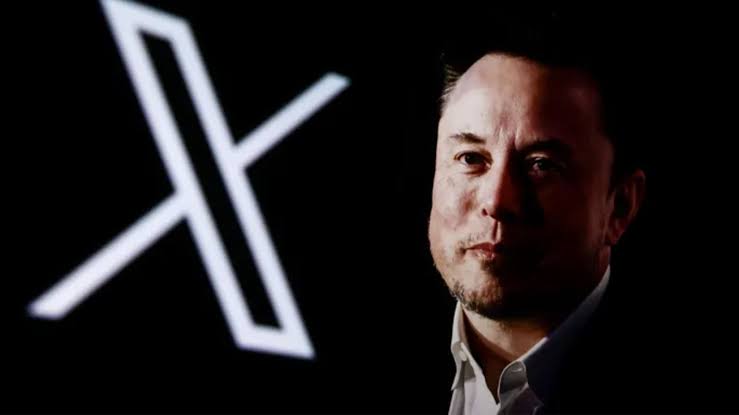Elon Musk’s X Corp has presented a legal appeal at the Karnataka High Court to challenge what it considers an “unlawful and unregulated censorship mechanism” that Indian authorities established through Section 79(3)(b) of the IT Act and the Sahyog Portal.
The core issue in this dispute investigates what methods governments need to employ for online content regulation alongside constitutional rights and formal legal procedures. X Corp believes Section 79(3)(b) gets misapplied in India to prevent use of Section 69A, as the Supreme Court confirmed during the Shreya Singhal case, as the sole framework for blocking online content.
The present dispute stands as an essential landmark in the perpetual struggle between international technology corporations and state-based regulation of their worldwide services.
Also check:- Explosion at Manoranjan Kalia’s Jalandhar Home Prompts Police Investigation
The Sahyog Portal Problem
The case becomes especially fascinating because X filed a challenge against the Sahyog Portal, which operates as an online system under the Ministry of Home Affairs to authorize platforms to receive takedown requirements from state police departments and multiple government entities. X indicated that this system produces a separate censorship structure, which allows thousands of authorities to force content removal without public disclosure and judicial supervision.
The timing serves significance because the Indian government continues to urge social media platforms to use Sahyog for direct child sexual abuse material reporting channels with local authorities. Under a 2024 Supreme Court order, platforms must report concerning material to both the US National Center for Missing & Exploited Children and Indian authorities through the POCSO Act, thus creating possible conflicts between US and Indian legislation.
Broader Implications
This legal challenge extends beyond X Corp’s immediate concerns. If successful, it could reshape the relationship between digital platforms and the Indian regulatory environment in several ways:
- Regulatory clarity: A ruling could establish clearer boundaries regarding which legal mechanisms are appropriate for content regulation.
- Due process protections: It might reinforce the necessity of procedural safeguards like pre-decisional hearings and written justifications before content removal.
- Platform autonomy: The case questions how far governments can go in establishing direct reporting requirements and officer appointments without explicit statutory backing.
Also check:- Political Undercurrents: The Renewed Controversy in the Disha Salian Case
What X Corp Seeks
Through his petition to the court, X asks for three vital remedies to address the situation. A declaration demonstrates Section 79(3)(b) lacks authority for the government to conduct blocking procedures.
This section contains an invalidation of all content takedown orders that were implemented through this section’s provisions. Within the Sahyog Portal’s framework, both judicial authorities and government agencies cannot validate order executions until the court reaches final judgment.
Section 69A stands as the exclusive authorized procedure for blocking content on the internet.
Digital Sovereignty at a Crossroads
The ongoing story of digital sovereignty passes through a crucial phase with this particular instance. The national expansion of digital control by countries has forced multinational platforms to manage complicated legal frameworks without disrupting their international business structure.
This court ruling possesses the power to reshape content moderation procedures within India while possibly establishing future guidelines for different nations facing similar security and freedom contradictions.
Attention must be paid to this case because the following hearing on March 27 focuses on crucial digital rights matters affecting platform governance and online expression within the largest democracy worldwide.


